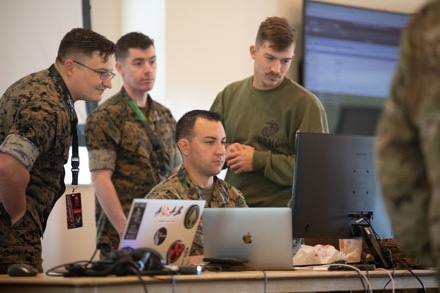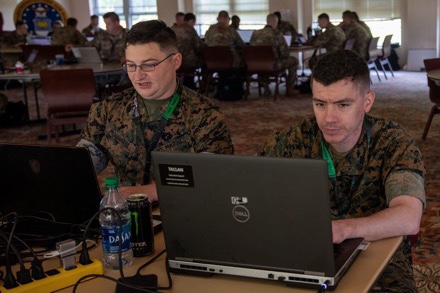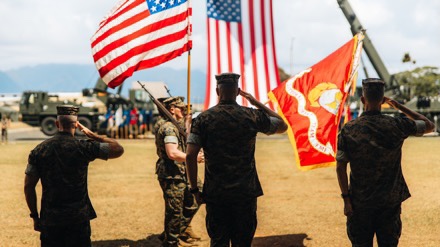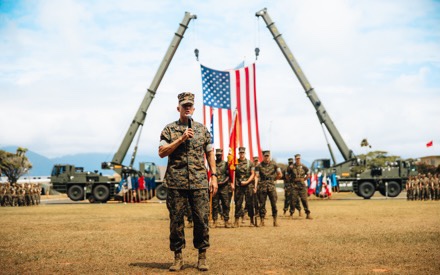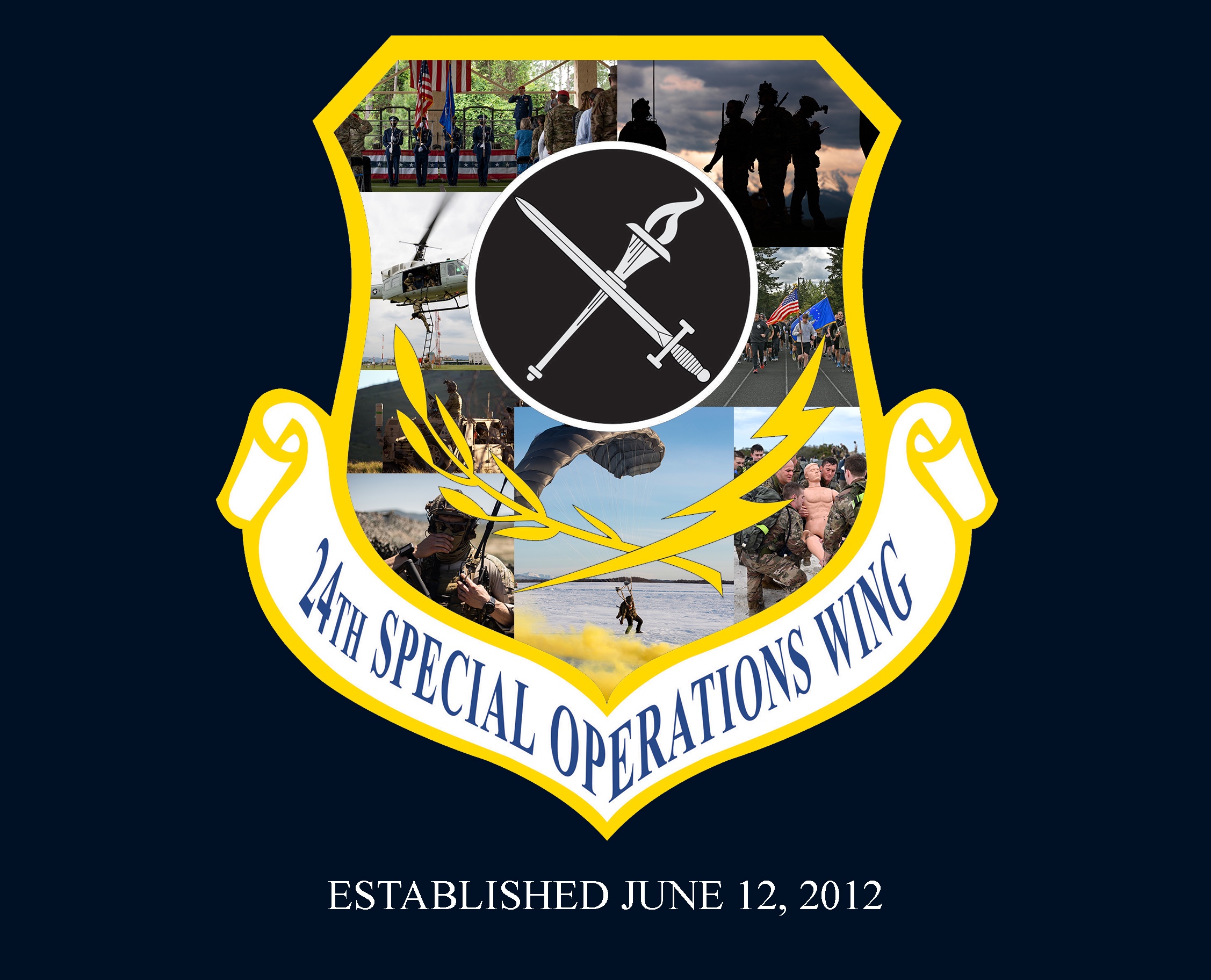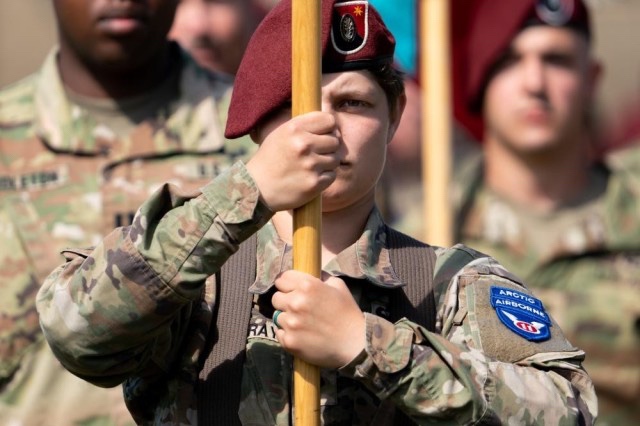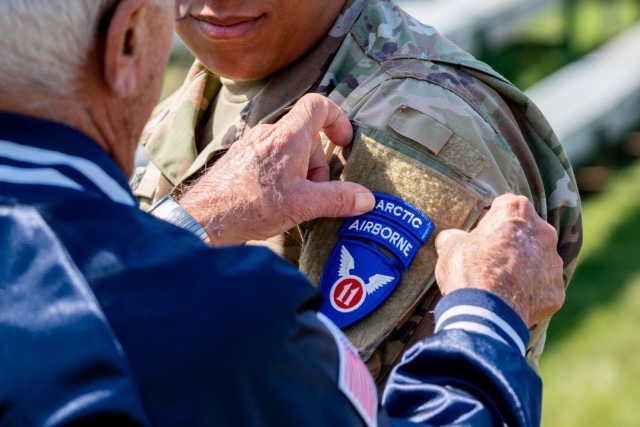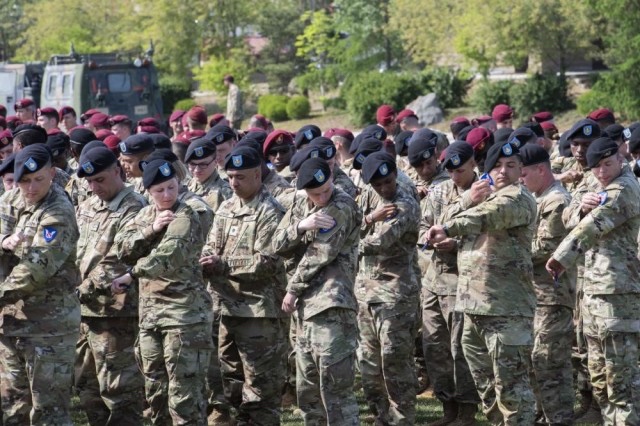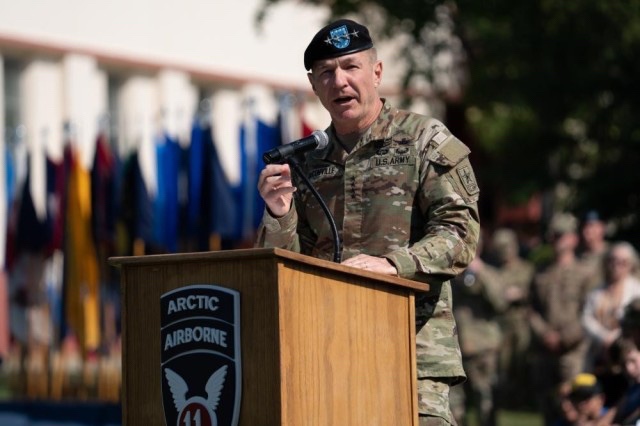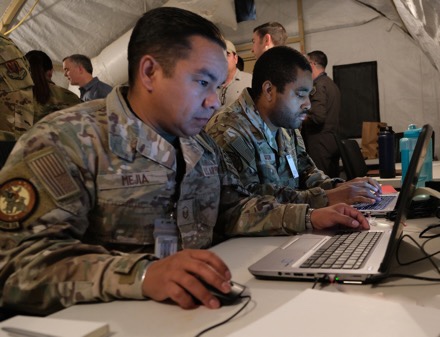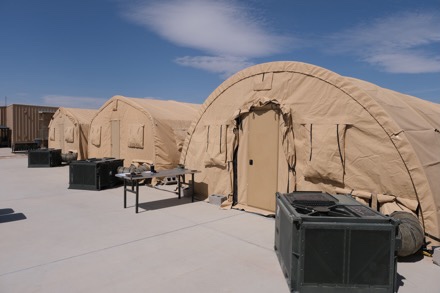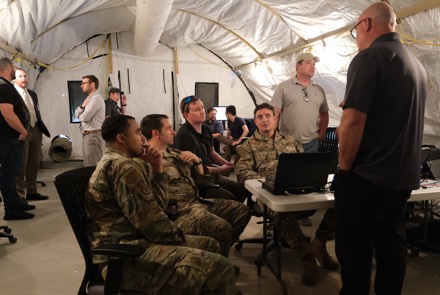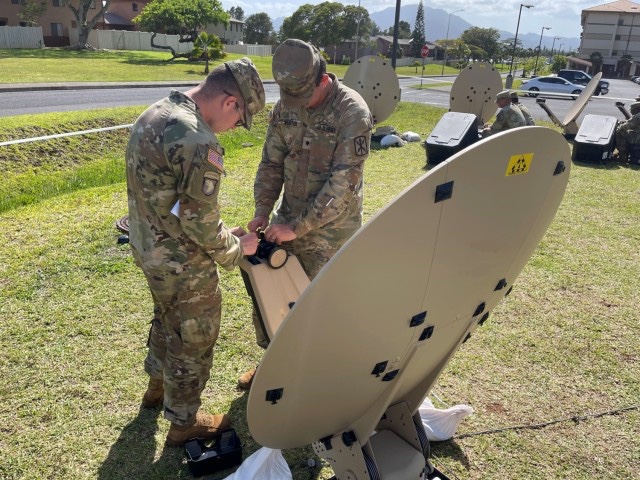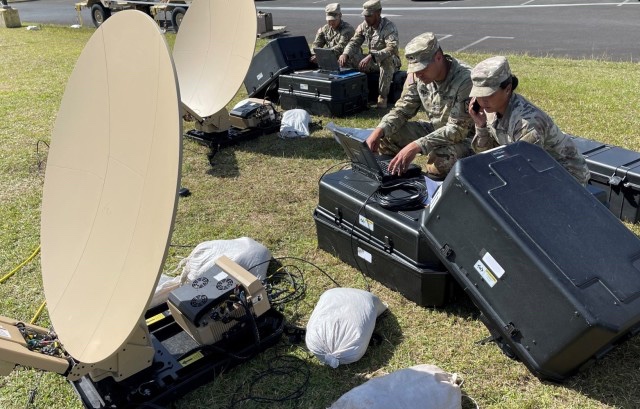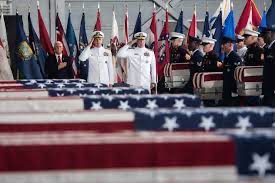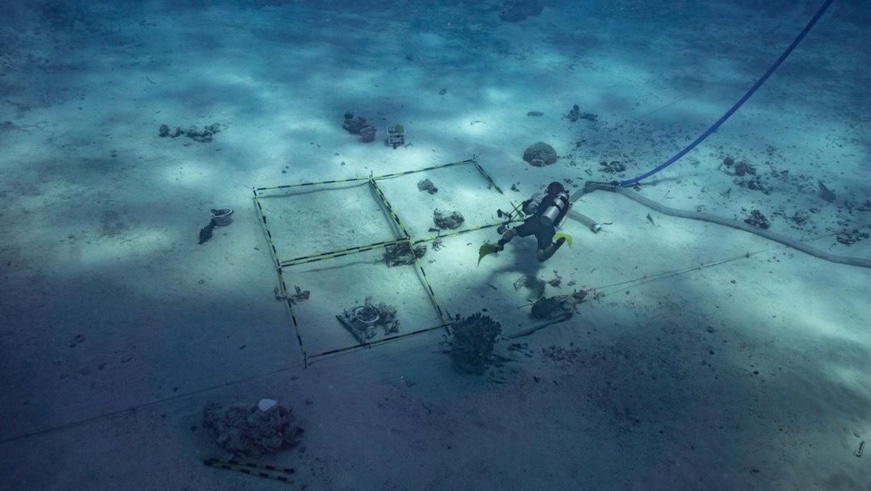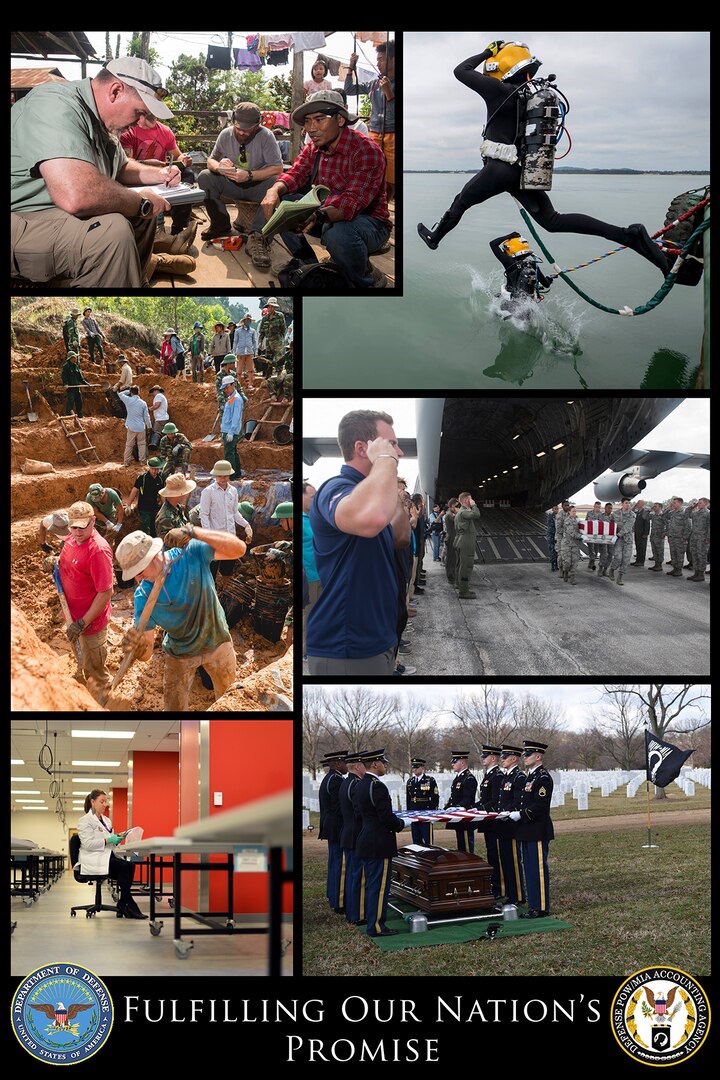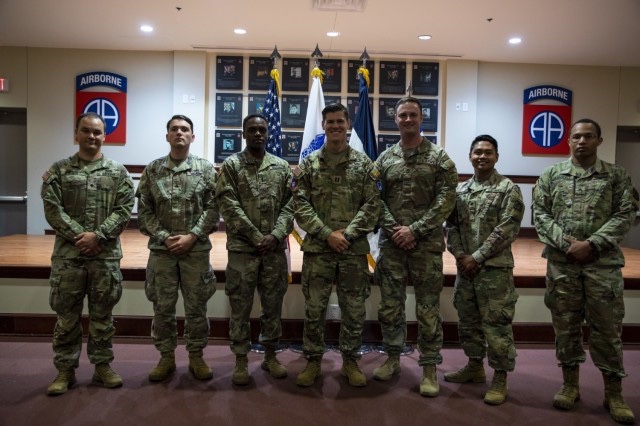
FORT BRAGG, N.C. – The Data Warfare Company (DWC), Headquarters and Headquarters Battalion, XVIII Airborne Corps, was officially activated on June 1, 2022 during a ceremony at Fort Bragg, N.C.
This innovative unit was specifically requested by Lt. Gen. Christopher T. Donahue, the commanding general of the XVIII Airborne Corps and Fort Bragg as America’s Contingency Corps continues to build on a culture of innovation.
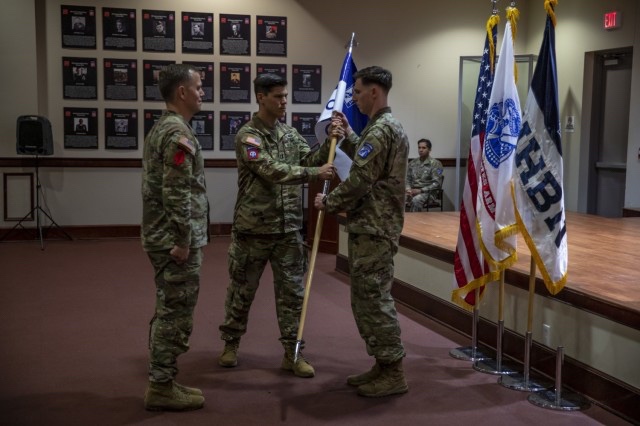
The activation of the DWC will set conditions for an enduring force structure across the U.S. Army which allows and empowers units to provide data-centric problem solving to enable command and control and develop tools to improve how the XVIII Airborne Corps fights.
One of the main missions of the company is to leverage the unique skill sets from Soldiers across the Corps to assist with the use of artificial intelligence to enable Corps initiatives.
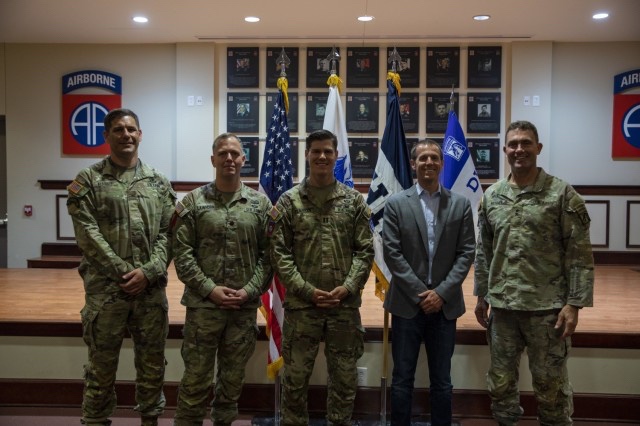
“The DWC allows individuals taking on different projects within the Corps and actually operationalizing them,” said Capt. Christopher Clarkin, the unit’s commander. “One of the biggest hurdles we find in a large organization like the Corps, is how to take people from small units who have specific issues that only they see, but are important because they help fulfill the Corps’ mission.
Some of the current capabilities of the unit include Soldiers who have skills such as software engineers, program managers, cloud engineers, innovation officers, and who understand digital infrastructure. The unit is currently small compared to traditional Army companies but will be growing and improving as more inbound personnel arrive this summer.
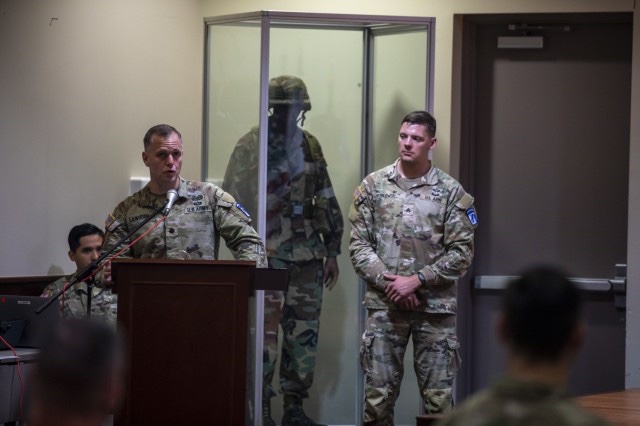
Soldiers in the DWC recently put these capabilities on display when they were called upon to provide support for our European Allies and partners with critical software for warfighting systems.
Many of the Soldiers within the unit are also trained software engineers who are graduates of the TRON program.
TRON is an intensive 12-week software development program teaching critical skills in software engineering to Soldiers by providing them access to various tools and education. The course is a collaboration between the Corps, Joint Special Operations Command and the U.S. Air Force, to send Soldiers through the program to enhance the ability of the Soldiers who get assigned to the DWC and help the Corps achieve its mission.
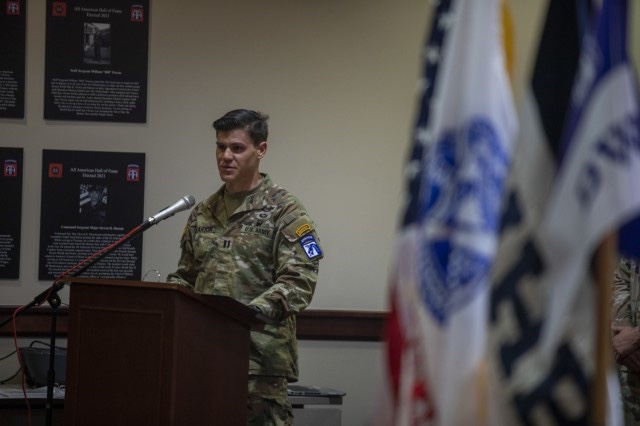
“The establishment of the DWC is a focal point that will allow the Corps to achieve its vision,” said Lt. Col. Jeremy D. Lawhorn, the commander of Headquarters and Headquarters Battalion, XVIII Airborne Corps. “Capt. Christopher Clarkin has been specifically selected to command this company based on his requisite knowledge both in leading and in innovating. I can think of no other person to lead this company.”
The XVIII Airborne Corps is on the leading edge of innovation within the U.S. Army Forces Command and always seeking improvement. In order to remain at the forefront of innovation, the Army must become more agile and adaptable.
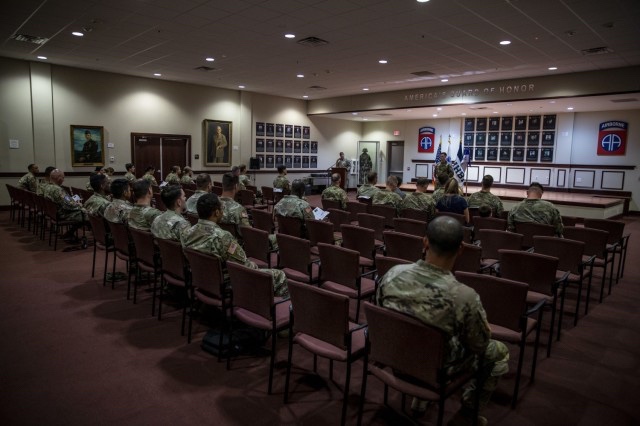
The DWC allows for faster innovation maintaining the advantage as we fight and win the nation’s wars.
“Innovation is a top priority for our Corps commander,” Lawhorn said. “Creating this company represents the Corps’ acknowledgment that we must innovate or become irrelevant . As America’s Contingency Corps, we have a moral obligation to the people we serve and the organization to innovate. To prepare our Soldiers, Army Civilians and Families, to ensure that we can deploy, fight, win, survive and thrive.”
The U.S Army is an army in transition that must win in the current environment and build for the future. Everyone, regardless of rank, is empowered to solve problems and identify opportunities to improve how we fight and how we take care of our Soldiers, Civilians, and Families.
Units like the DCW highlight the XVIII Airborne Corps’ dedication to foster and sustain an innovative culture while capturing initiatives that will continually improve the U.S. Army as a whole.
Story by SPC Joshua Cowden
Photos by Nathaniel Gayle


